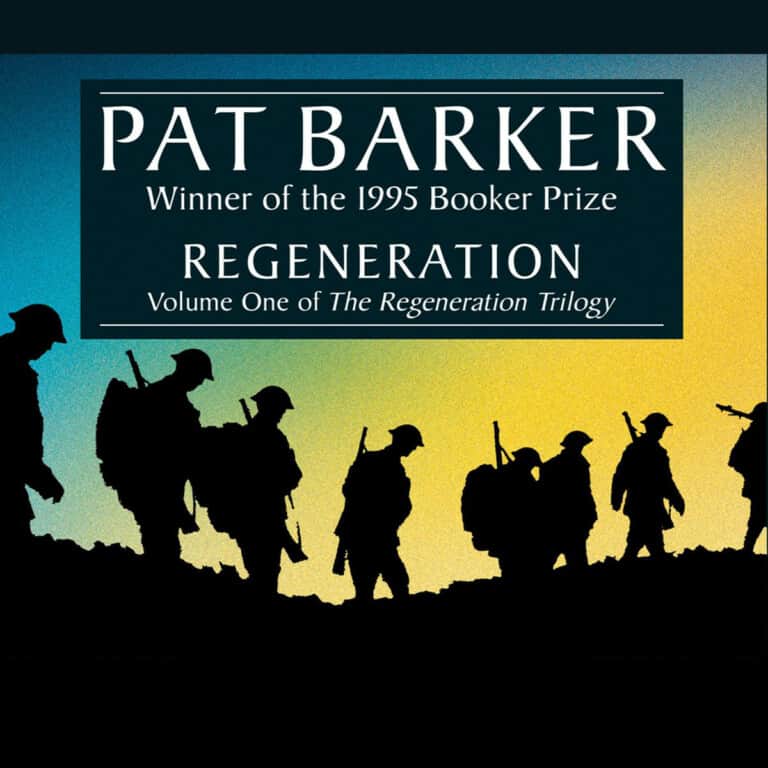How human beings presented in Regeneration are different from historical characters?
Paradoxically, several characters had real historical existence and yet, there is no difference between those who really existed and those invented: it seems that they are on the same level.
The major difference lays in characterization, i.e. the ways in which human beings are constructed in characters. In history books, the stress is usually on public life whereas in fiction the stress is on subjectivity.
Regeneration is a faithful evocation of World War One and the view of the war that is given is the juxtaposition of subjective views of characters.
Characterization
A – Places
Where are the characters presented ?
- hospital + patients’ room [Private]
- one of the character’s home [Private]
- the lovers’ place [Intimate]
- several passages showing Rivers in his bathroom (p.44) [Most private
life]
B – Temporal aspect
Most of characters have a past.
A pair of characters is introduced only to provide a character with a past : Prior’s parents. We learn about the parents’ education, Prior’s asthma, his psychological state.
Rivers himself has a past: we learn about his relationship with his father, who was a priest and a speech therapist (he helped out stammering children). [p.153-156].
Rivers’ childhood: Rivers stammered himself. It makes him more human, with a certain fragility: he becomes closer to the reader.
C – What characters say
Indirect characterization relies heavily on speech. When they talk about war, we learn more about them than about war.
Example: [p.83]. Dialogue between Sassoon and Owen: it deals with war but the way they talk is extremely subjective.
D – Stress on the characters’ feelings
Rivers is a sensitive human being but a military officer too.
Sassoon: kind of anguished [p.63] when he discusses his homosexuality
with Rivers. [p.199]: homosexuals are sent to psychiatric places to be “cured”.
One character is introduced for the purpose of showing other characters’ feeling : Sarah.
Not only are we introduced to characters’ feelings but also to their unconscious life due to Rivers’s job. Indeed 3 dreams are fully developed.
Anderson’s dream [p.28]: after the dream comes Rivers’s interpretation.
Rivers’s dream [p.45-48]: his own dream and his interpretation
Rivers’s dream [p.235-239].
The reader is given access to the depth of the characters.
E – Characters’ thoughts
Either in indirect style or, quite frequently, in free indirect style (fid). Effect: to reduce the distance between the reader and the characters. The reader is placed within the characters’ mind.
p.172: it goes on with Rivers’s thought: “Silly ?“. We learn that Burns is so ill that he cannot read news of the war.
F – There is a hero
Rivers is both the protagonist and the hero. As the main protagonist, he is the center of the novel, everything revolves around him. There are only 3 chapters when Rivers is not here. The novel closes on him.
Other characters are like satellites around him. In the final chapter, they say goodbye to Rivers but they stay in his mind. Rivers is the hero: he is presented as an outstanding person, a terribly hard-worker.
What is remarkable is the way he deals with his patients: his capacity for empathy (the ability to feel what others feel). He is a modern psychiatrist.
Yealland is another secondary character who shows how good Rivers is. Both are psychiatrists. Yealland is the anti-hero, the villain without any humanity. He is introduced because he really existed and because he is necessary to show the contrast between Rivers and himself.

